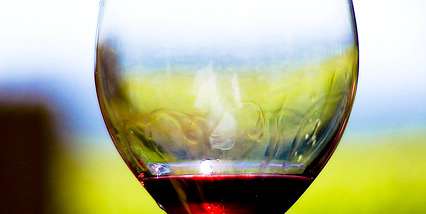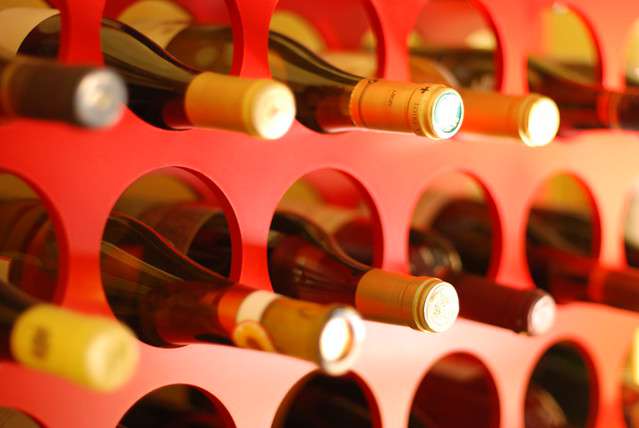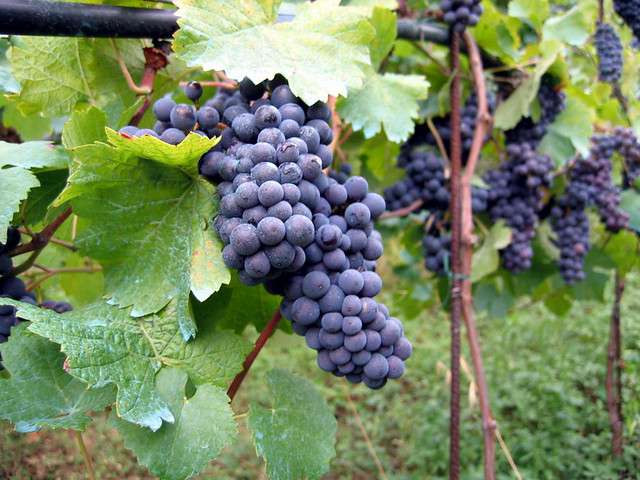
Color is an important element of quality in wine and can vary greatly depending on harvesting, variety, fermentation, and aging. Image Source: Flickr user Omar G!
Last weekend the weather was just perfect for taking a country drive, so we gathered some of our closest friends together and took a tour of the beautiful wine country the lies just beyond our backyard. I don’t consider myself a wine connoisseur, but I do enjoy a good glass with friends on a beautiful day. Most of wineries we visited enjoyed sharing their philosophies on wine analysis, which involved many complex processes to create the perfect bottle of wine. My own philosophy of wine analysis starts with color and ends with taste, but wine development is much more complex and relies on extensive monitoring of spectral data and analysis for quality and production.



